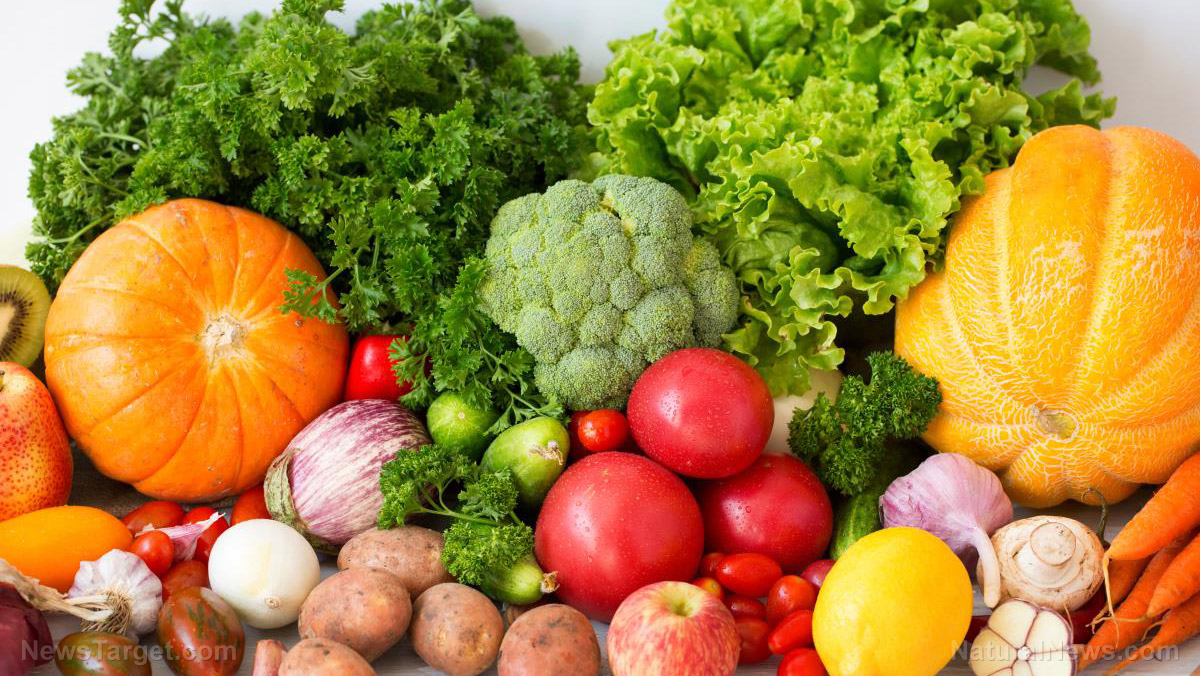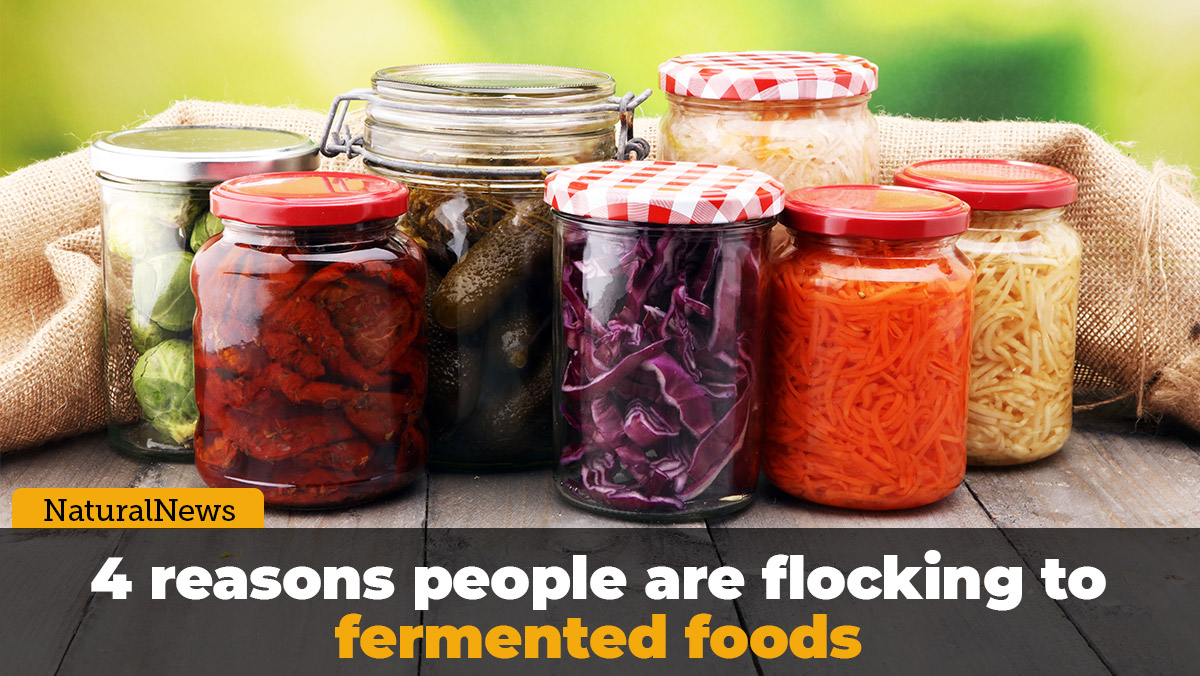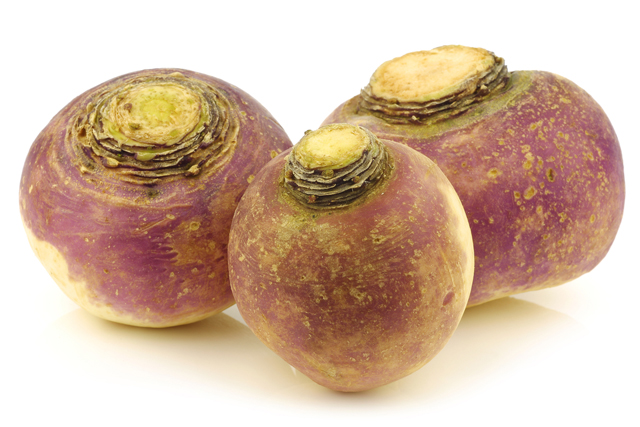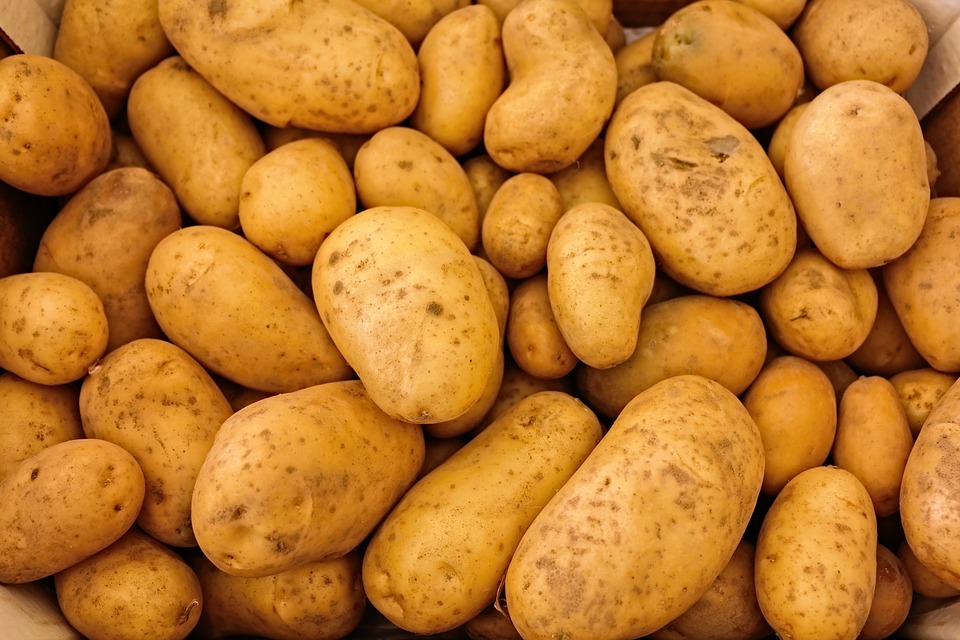Ramps – sources, health benefits, nutrients, uses and constituents at NaturalPedia.com
08/03/2017 / By Jhoanna Robinson
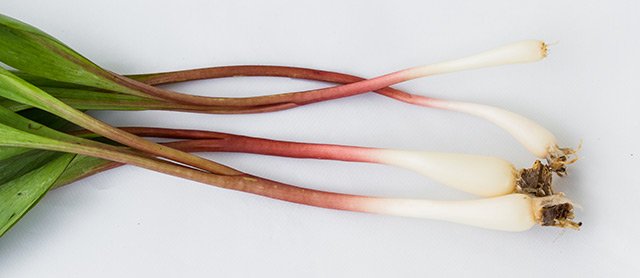
Ramps are perennial wild leeks that have small, white bulbs; smooth, broad, and light green leaves; purple- or burgundy-tinted stems; and hairy roots. They look like green onions but taste garlicky. The green leaves and the white lower stalks can be eaten. According to magazine foodwriter Josh Ozwersky, “The Church of the Ramp is the one of the fastest-growing denominations in the religion of seasonality.”
Ramps grow closely together. They are deeply rooted – three inches deep and about four to six inches apart – just beneath the soil’s surface.
List of known nutrients
- Allicin
- Alpha-Sulfinyldisulfide
- Calcium
- Carbohydrate
- Chromium
- Choline
- Iron
- Kaemperol
- Manganese
- Propyl Disulfide
- Protein
- Selenium
- Vitamin A
- Vitamin B9 (Folate)
- Vitamin C
- Vitamin E
Medicinal uses for ramps
Ramps are good for reducing bad cholesterol (low-density lipoprotein or LDL) levels, thereby lessening the chances of experiencing a stroke. The folate in ramps also help keep homocysteine levels in check. Huge amounts of homocysteine in the body can lead to risks of atherosclerosis.
A single serving of ramps contains 18 percent of the recommended daily intake of vitamin C, according to nutrition website FatSecret. Vitamin C is important for the replenishment of various tissues, such as those of the connective tissues, blood vessels, bones, skin, and teeth, according to the National Institutes of Health. As a powerful antioxidant, it kills free radicals that interfere with healthy cells, bringing about premature aging. Ramps have higher antioxidant levels than red bell peppers and tomatoes.
Ramps are rich in selenium, which according to a September 2010 study, can help limit the risks of prostate cancer and alleviate the symptoms of asthma, dandruff, hypertension, and cystic fibrosis, or an infection that is characterized by mucus buildup in the lungs.
One ramp has 10 percent of the recommended daily intake of iron for women. This is good as women lose a lot of iron during their menstrual cycle. Iron is also responsible for the transportation of oxygen to cells, immune boost, and energy replenishment.
Body systems supported by ramps
Ramps are good for the immune system.
The vitamin content of A and E in ramps is important for the maintenance of healthy teeth, bones, and skin.
Ramps are good for the brain. They contain choline, which acts as a chemical messenger to the brain and provides for proper cognitive and learning ability for both adults and children.
Ramps are good for heart health. Their sulfur compounds, including kaempferol, safeguard the lining of the blood vessels against damage and enhance the liver’s cholesterol elimination capabilities.
Ways to use ramps
Ramps are known as a culinary delicacy in Canada.
Any meal that gets more delicious with the infusion of garlic or reeks are compatible with ramps. Remember to use them sparingly, though, and only add them at the end of the cooking process, for best results.
Some ways that ramps can shine and be much appreciated are when they are added as garnish alongside seafood, incorporated to pasta dishes, oven roasted or grilled with chicken, scrambled into eggs, mixed in with soups or stir fries, or pickled in salads.
Ramps also become extra tasty when cooked with butter, especially if served alongside game dishes. Here are some recipes that will have you seriously craving for more.
Where to learn more
Summary
Ramps are good for the immune system.
Ramps are good for the brain.
Ramps are good for heart health.
Sources include:
Tagged Under: ramps




